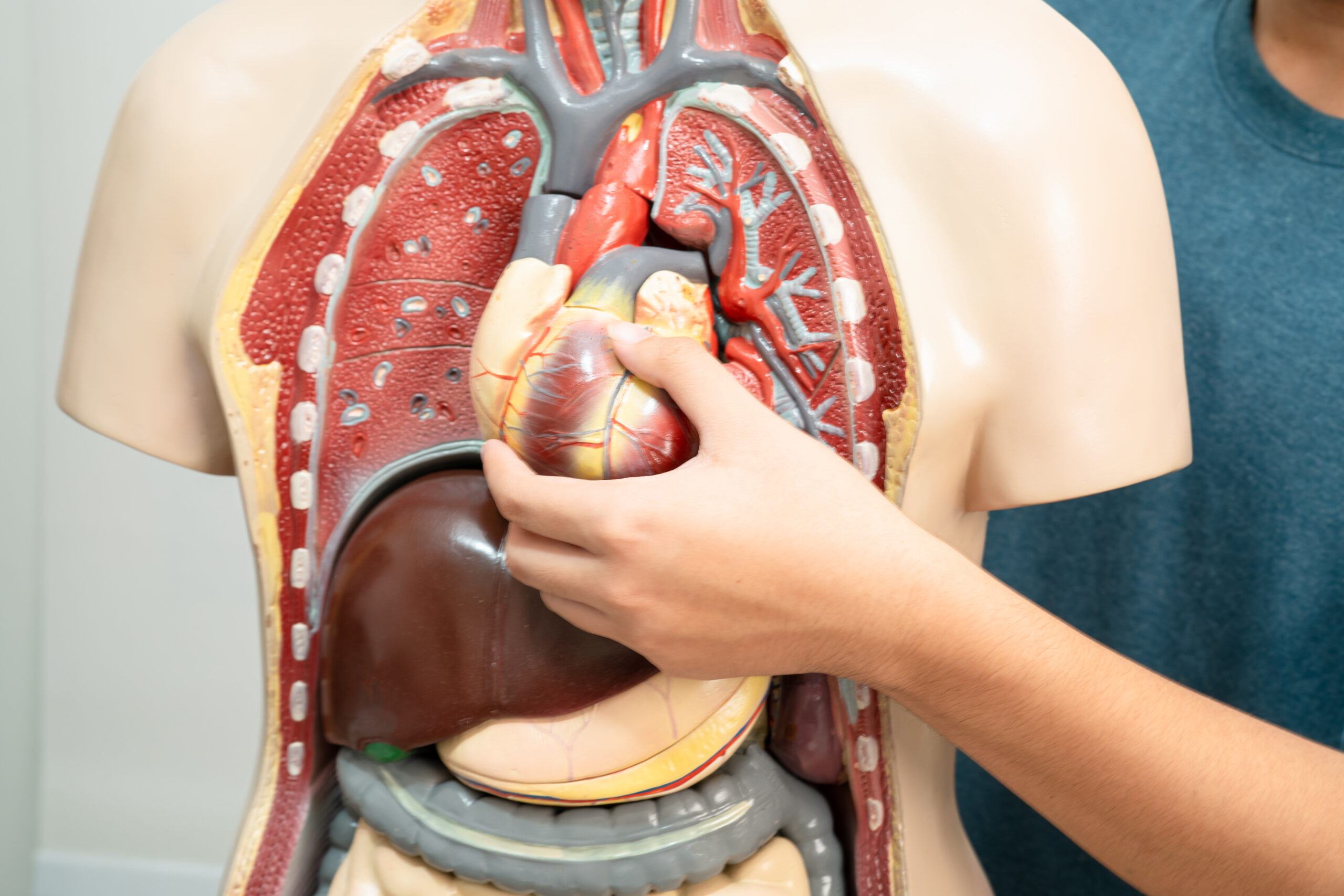Incredible Regeneration: How the Human Body Repairs Itself
Beyond the Liver—Exploring the Body’s Natural Healing Power
The human body is a remarkable self-repairing machine. While the liver often gets all the attention for its incredible regenerative capabilities, it’s far from the only organ with this talent. From your skin to your brain, various parts of the body are constantly renewing and repairing themselves—some faster than others.
In this article, we’ll explore examples of human organ regeneration, how they work, and what they reveal about the body’s hidden strengths.
—
Skin: The Constantly Renewing Barrier
The skin is the body’s largest organ—and one of its most regenerative. Every 28 to 40 days, your outermost skin cells are completely replaced. This constant cycle helps your body fight off bacteria, repair minor cuts, and maintain a protective barrier.
Target keyword: how often does skin regenerate
—
Stomach Lining: Built for Rapid Renewal
The lining of the stomach takes a beating from digestive acids and enzymes, but it doesn’t skip a beat. In fact, stomach lining cells regenerate every 4 to 5 days, ensuring that the delicate tissues stay protected from harsh conditions inside your gut.
Target keyword: how the stomach heals itself
—
Red Blood Cells: Lifesavers in Constant Motion
Red blood cells (RBCs) are essential for transporting oxygen throughout the body. They don’t last forever—each RBC lives about 120 days. But your bone marrow continuously produces millions of new red blood cells every second to replace the old ones.
Target keyword: how often are red blood cells replaced
—
Lungs: Regenerating After Damage
Smoking, pollution, or illness can damage lung tissue—but the lungs have some capacity to bounce back. Research shows that lung tissue can regenerate over time, especially after a person quits smoking. While the process is slow, improvements in lung function are possible.
Target keyword: can lungs regenerate after smoking
—
Hippocampal Neurons: A Brain Region That Keeps Growing
Contrary to the old belief that we’re born with all the brain cells we’ll ever have, the hippocampus—a region involved in memory—can actually produce new neurons throughout adulthood. This process, known as neurogenesis, plays a role in learning, memory, and mood regulation.
Target keyword: adult neurogenesis hippocampus
—
Heart Muscle: Limited, but Possible Regeneration
The heart was long thought to be incapable of regenerating. While it’s true that cardiac muscle regeneration is limited, some studies suggest that the heart can form new muscle cells at a low rate—even after events like a heart attack. This discovery has sparked interest in regenerative therapies for heart disease.
Target keyword: can heart muscle regenerate after heart attack
—
Final Thoughts: Regeneration Is All Around Us
The body’s ability to heal itself isn’t just science fiction—it’s happening every second of every day. From the skin you’re in to the blood that fuels you, regeneration plays a vital role in keeping us alive and thriving. While some tissues, like the liver and skin, regenerate rapidly, others like the brain and heart show more limited—but still meaningful—healing potential.
Want to support your body’s natural regeneration? Focus on proper nutrition, sleep, hydration, and healthy habits like avoiding smoking and managing stress.

